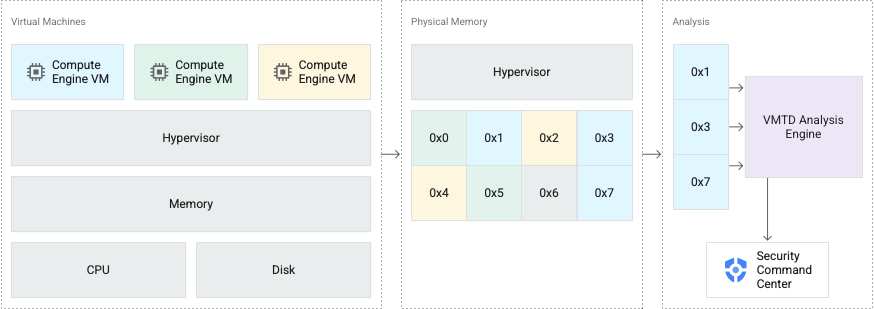Google Cloud recently announced the general availability (GA) of Virtual Machine Threat Detection (VMTD) as a built-in service in Security Command Center Premium, which can detect if hackers attempt to mine cryptocurrency in a company's cloud environment.
The capability of the Security Command Center is a part of the vision the company has regarding invisible security. Earlier, VMTD was released in public preview and received adoption from users around the world, according to the company. Moreover, since the service’s initial release, the company has added several new features like more frequent scanning across many instances.
Customers can easily enable VTMD by checking a box in their Security Command Center Premium settings. Subsequently, the service can detect if the customers’ cloud environment contains malware that hijacks infrastructure resources to mine cryptocurrency. Furthermore, the service provides technical information about the malware to help administrators block it.
VM Threat Detection is built into Google Cloud's hypervisor, a secure platform that creates and manages all Compute Engine VMs. Under the hood, the service scans enabled Compute Engine projects and VM instances to detect unwanted applications, such as cryptocurrency mining software running in VMs. And the analysis engine ingests metadata from VM guest memory and writes findings to Security Command Center.
VMTD does not rely on software agents to detect malware compared to traditional cybersecurity products. Attackers cannot disable it; unlike agents, they potentially can. Furthermore, setup is less time-consuming, considering when there are a large number of instances.
In a Google Cloud blog post, the company intends to expand VMTD to cover more cybersecurity use cases in the future. Timothy Peacock, a senior product manager, stated:
In the future, we plan on further improving VMTD’s understanding of Linux kernels to detect additional advanced attacks and report live telemetry to our customers. With its unique position as an outside-the-instance observer, VMTD can detect rootkits and bootkits, attacks that tamper with kernel integrity, and otherwise blind the kernel and traditional endpoint detection and response technology (EDR) to their presence.
Lastly, the pricing details of the Security Command Center are available on the pricing page, and more details are on the documentation landing page.
